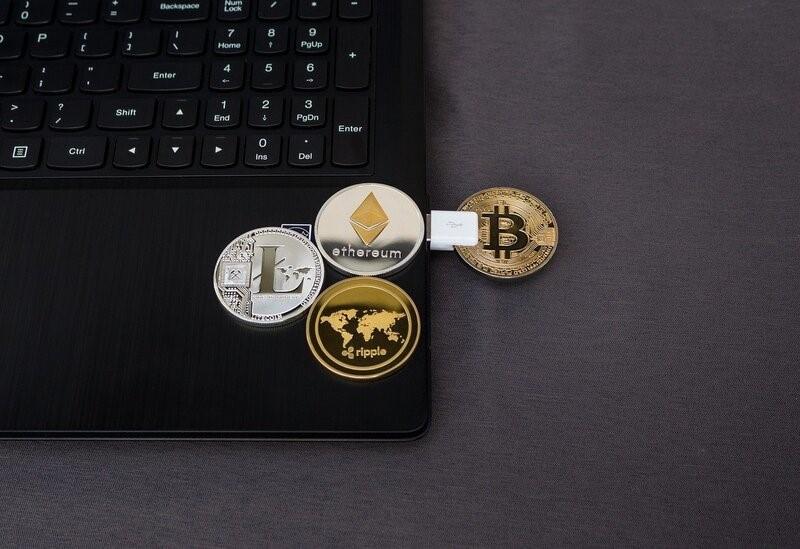
What Are the Different Approaches to National Digital Currencies in Jamaica and Bahamas?
The next few years could see several countries introduce digital versions of their national currencies, which are also known as central bank digital currencies (CBDCs). China, Estonia and Japan are among the countries that are said to be interested in doing this, but it isn’t clear whether they will each approach it in the same way.
The Hoover Institution pointed out in a 2017 report that the introduction of digital versions of national currencies could be done in different ways, using the new token either like cash or more like a debit card. However, by looking at the recent examples of Jamaica and Bahamas, we can see that the main benefits of this change are similar, even when there are differences in how this is done.
The Jamaica Example
The interesting thing about Jamaica’s CBDC is that it won’t use the blockchain. It is commonly thought that the blockchain will be used for these national digital currencies, but this country decided that it would be easier to integrate into their existing financial infrastructure without putting it on the blockchain.
The Bank of Jamaica had decided back in mid-2020 to go ahead with a CBDC. They are now going through the process of changing their laws to allow this to happen. The main benefit to be gained here is an upgraded, more modern payments system. Officials also believe that it will allow for a higher degree of financial inclusion in the country.
Their plan is for the new currency to be used in banks and other licensed outlets, with a Know Your Customer (KYC) process to be put in place for it. The Jamaican central bank expects to save money in terms of printing physical banknotes, but the new digital money will run alongside the traditional version of the existing Jamaican dollar. A pilot is to start in May this year and could run until the end of 2021. The Jamaican government will be working with Irish technology firm eCurrency Mint on this project.
What Are They Doing in the Bahamas?
In the Bahamas, their new sovereign digital currency will be called the Sand Dollar, with one of these coins being worth one Bahamian dollar, which is pegged to the US dollar on a one-to-one basis. As with Jamaica, greater financial inclusion is one of the key points in this project. It is part of a long-term drive by the Central Bank of the Bahamas to reach out to residents who are unable to access traditional banking facilities due to their remote location or being unable to meet KYC requirements.
The Sand Dollar project began in 2018 and the pilot was rolled out late in 2020. People use a mobile app or physical card to access the Sand Dollars in their virtual wallets. Anyone can set up a wallet with just an email address or phone number. Adding photo ID increases the balance and transactions limits. Users then pay by using QR codes, swiping the card or sending money to another wallet. Among the official partners on this CBDC project are local company NZIA, IBM and Zynesis.
What Will These CBDCs Change?
In both cases, the biggest change is that this form of digital currency makes banking facilities easier to obtain for more people. Those residents who have been unable to open a bank account can start using a virtual version of their national currency very easily. Indeed, this is the main reason provided by central banks around the world for considering CBDCs.
It should also make it easier for everyone to participate in a stronger, more formal economy that should, ultimately, benefit everyone in the country. We can easily imagine a digital currency being used for tasks such as getting an e-rickshaw license in India, a process we already talked about at https://menafn.com/1101839871/No-need-to-take-appointment-to-get-licence-for-e-rickshaw&source=138, or operating a market stall in Latin America in the future.
Tao Zhang, who is the Deputy Managing Director of the International Monetary Fund, told economists of the risks in 2020. He pointed out that it could damage the balance sheets of commercial banks. However, if demand for the CBDC is high, he feels that this will help banks in the long-term. Equally, there is the risk of reputational damage to the central bank if the digital currency suffers any glitches or hacks.
As confirmed by https://www.topratedfxbrokers.com/, forex trading is the trade and exchange of foreign currencies. Forex trading is seen as being highly accessible, as it is simpler and more flexible than stock market trading. This is the world’s biggest financial market and since physical currencies run alongside CBDCs, it should be relatively unaffected. It is yet to be seen if the new digital currencies will also be traded on the forex market.
We will see more of these sovereign digital currencies in the years to come, so we can expect to see new approaches too. However, the benefits that we have looked at should continue to be the main driving force that sees central banks keen to introduce virtual versions of their national money.
Legal Disclaimer:
MENAFN provides the
information “as is” without warranty of any kind. We do not accept
any responsibility or liability for the accuracy, content, images,
videos, licenses, completeness, legality, or reliability of the information
contained in this article. If you have any complaints or copyright
issues related to this article, kindly contact the provider above.


















Comments
No comment